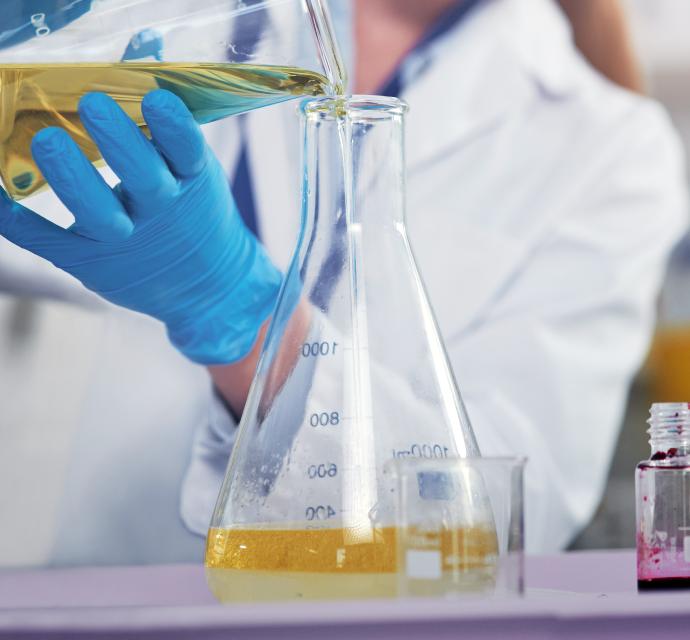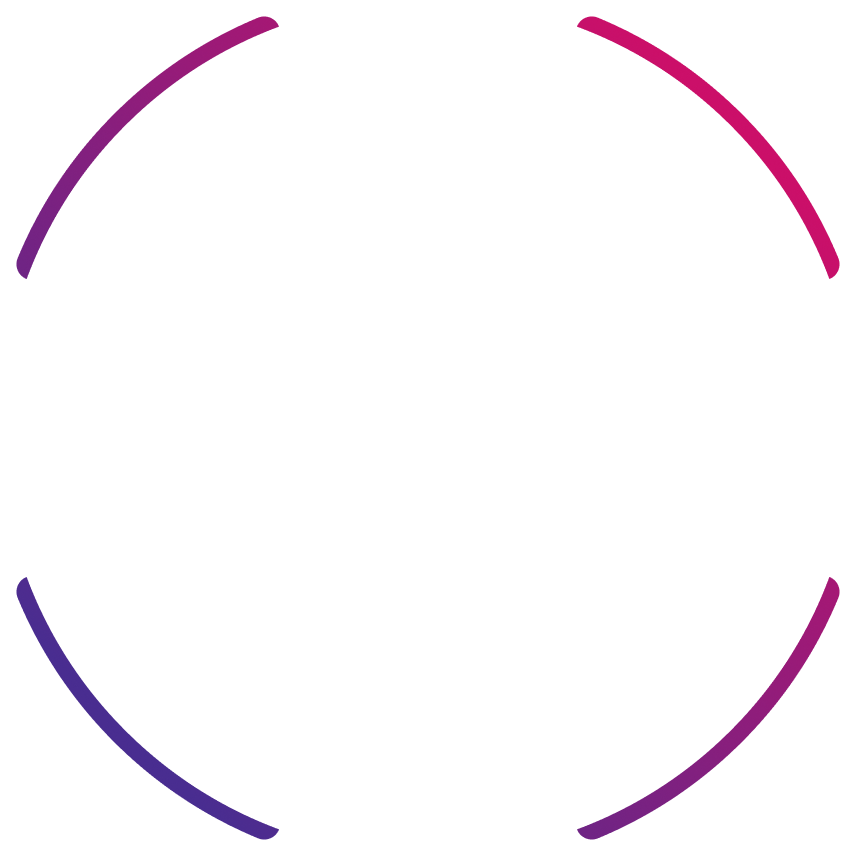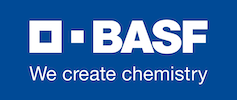Why Invest in Chemicals
-
Disposable Income and Chemical Consumption
Rising disposable income, urbanisation, and a young median age of population are all contributing to increasing chemicals demand, especially in specialty chemicals and polymers. Rural areas are also contributing to growing chemical demand.
-
Consumer Preference
Consumer preference is moving to special classes of products in specialty chemicals and polymers. Especially in beauty and personal care chemicals and consumer goods.
-
Industrial Consumption of Chemicals
Chemicals directly supplies to many fast growing sectors such as automobiles, electronics, and construction.

Incentives & Schemes
-
Petroleum, Chemical, and Petrochemical Investment Region (PCPIR) Scheme
-
FDI Policy









